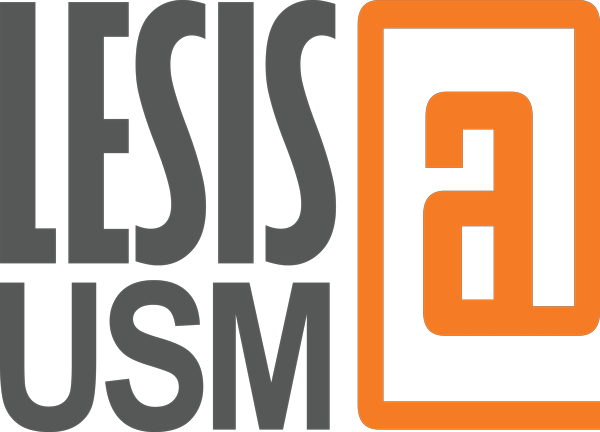

Laboratory Equipment & Services Information System
by Centralized Laboratory Management Office (CeLMO)
General Features of Binocular Microscopes:
Optical System:
Eyepieces: Typically equipped with wide-field 10x eyepieces, offering a comfortable viewing experience.AmScope
Objectives: Common configurations include multiple objective lenses (e.g., 4x, 10x, 40x, 100x oil immersion) mounted on a revolving nosepiece, allowing for magnifications ranging from 40x to 1000x.
Illumination:
Equipped with LED illumination, providing consistent and bright lighting for clear observation of specimens.
Stage and Focus:
Mechanical Stage: Features an integrated mechanical stage with X-Y controls for precise slide movement.
Focusing Mechanism: Coaxial coarse and fine focusing knobs enable accurate focusing adjustments.3B Scientific+3AmScope+3Motic Microscopes+3
Condenser:
Includes an Abbe condenser with an iris diaphragm and filter holder to control light focus and contrast.3B Scientific+2Motic Microscopes+2AmScope+2
Construction:
Built with a sturdy metal frame to ensure durability and stability during use.
A binocular microscope is used for high-magnification observation of small specimens in various scientific and professional applications. It provides stereoscopic (3D-like) viewing with two eyepieces, reducing eye strain and improving image clarity.
1. Biological & Medical Research
Examining cells, bacteria, and tissue samples in medical and research laboratories.
Identifying microorganisms in microbiology and pathology.
Analyzing blood smears, skin cells, and plant structures.
2. Educational & Academic Use
Used in schools, colleges, and universities for teaching biology and life sciences.
Helps students learn microscopy techniques and sample preparation.
3. Clinical Diagnostics
Hospitals and diagnostic labs use it for disease detection (e.g., malaria, cancer cells).
Helps in staining techniques like Gram staining and histopathology.
4. Veterinary & Agricultural Applications
Used in veterinary clinics for diagnosing animal diseases.
Helps in analyzing soil, plant cells, and fungi for agricultural research.
5. Industrial & Forensic Applications
Quality control in pharmaceuticals, food, and textile industries.
Used in forensic science for analyzing fingerprints, fibers, and biological evidence.
How to Use a Binocular Microscope:
Prepare the Microscope – Place it on a stable surface and adjust the eyepieces.
Turn on the Illumination – Adjust the brightness for clear visibility.
Place the Slide on the Stage – Secure the sample with stage clips.
Select the Objective Lens – Start with the lowest magnification and increase as needed.
Focus the Image – Use coarse focus first, then fine-tune with fine focus.
Adjust the Condenser & Diaphragm – Optimize contrast and lighting.
Observe & Record Findings – Take notes or capture images if the microscope has a camera attachment.
Clean & Store Properly – After use, clean the lenses and store the microscope safely.
- Manufacturer
- Brand
- BINOCULAR
- Model
- H6203
- Year Manufactured
- Year Procured
- 2006
- Department
- PUSAT PENGAJIAN SAINS KAJIHAYAT
- Location
- G09a-113
- Date Registered LESIS
- 26/03/2025
- Category
- Function
- Category
- Self operated
- Equipment Status
- Good
Person In-Charge


